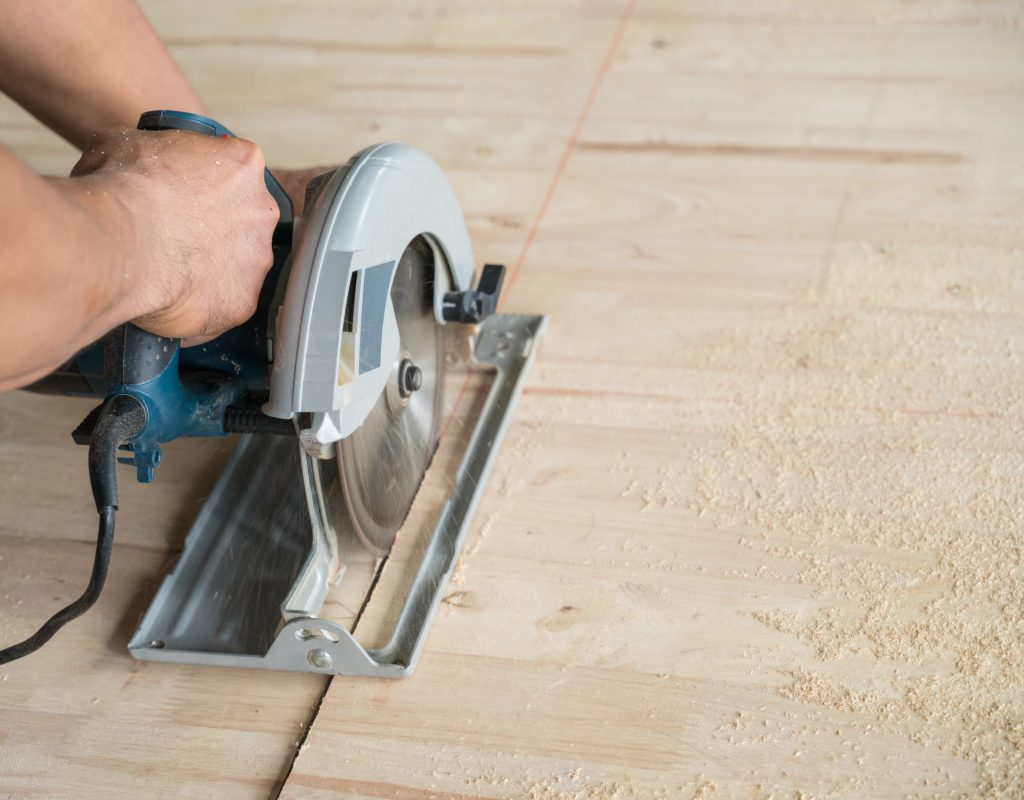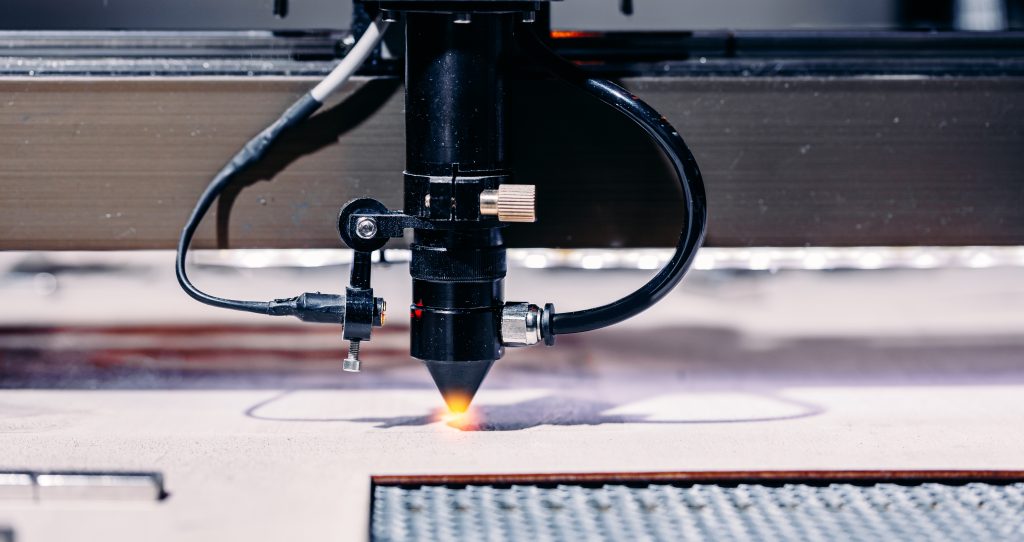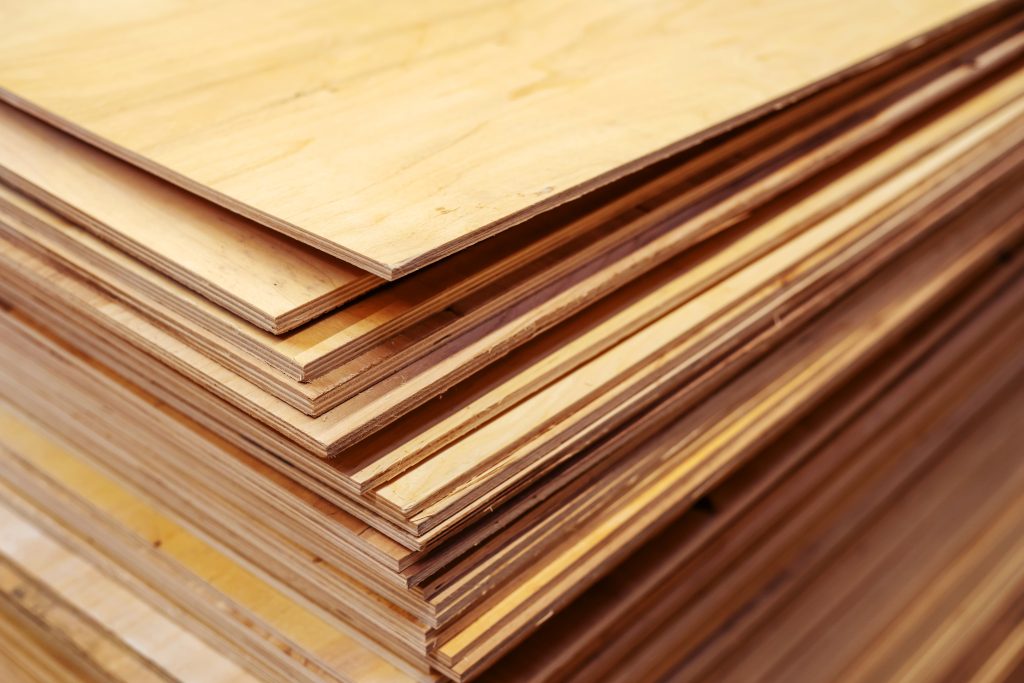Our Best Tips For Cutting Plywood
Our Top Tips For Cutting Plywood
When working with wood composites like plywood and MDF, it’s important to consider how you’d ideally like to process your materials, for instance cutting plywood. Using the wrong tools and methods for cutting plywood can result in your materials accruing unnecessary damage like cracking or splintering.
So what’s the magic formula for cutting your plywood planks into the shapes and sizes you’ll need? And all without damaging their external timber veneers or sacrificing on their structural integrity? Well, it depends on the types of plywood you’re working with, as well as the thickness and dimensions of the materials themselves. What you intend to use your wooden boards for will also be a deciding factor when finding the best method for cutting your plywood.
To help, our team at Cabinet Timbers will be sharing our best tips for cutting plywood with the utmost precision, both to ensure that your plywood maintains its strength and durability following the cutting process and to ensure that your materials are ready for all types of applications.
Article Contents:
NEED WOOD PANELS?
No stress, we're here to help. Fill out the form below for a free quote and consultation with our experts.
Best Tools For Cutting Plywood
First, let’s start with a rundown of the top tools you can use to cut your plywood to a high standard. All avid woodworkers who are looking to process plywood should have at least one or two of the following tools in their workspace:
- Circular saw
- Table saw
- Jigsaw
- Handsaw
- Other blades with a high tooth count
The reason why you should aim to cut your plywood using blades with a high tooth count is simply because these blades are designed to deliver a smoother and cleaner cut than blades with a lower tooth count. Blades with a higher tooth count are also less likely to get stuck midway through your plywood, which can cause chipping and other damage to your plywood sheet as well as degrading the blade of your saw.


Can You Laser Cut Plywood?
We’ve spoken a lot today about how to cut plywood by hand, but it should also be noted that plywood materials are well-suited to other mechanical forms of wood processing as well. In fact, you can use laser cutting machines to cut or even engrave directly onto the surface of your plywood. Given its multilayer fabrication, plywood is actually perfectly suited for laser cutting processes, as the material is able to naturally deliver a high-contrast cut every time.
How To Cut Plywood Straight & With Precision
Any hobby builder or professional carpenter knows that precision cutting is vital to completing a woodworking project. When constructing wooden furniture, for instance, joining plywood requires all processed materials to boast clean and precise edges. Any poor cuts will result in a less-than-ideal end product, with regard to both its form as well as its functionality. So how do you cut your plywood straight and with expert precision?
Thankfully, there are some easy ways you can alter your woodcutting methods to ensure that you can always produce a clean cut. Here are just a few tips you’ll want to keep in mind the next time you’re cutting plywood or wanting to learn how to cut plywood for a woodworking project:
- Keep your plywood plank elevated – keeping your plywood elevated can not only help you attain a cleaner cut, but it’ll also help protect your saw blade from accruing any damage during use.
- Have your blade set higher – adjusting the height and depth of your tablesaw can help provide a cleaner, perpendicular cut, as your blade will be approaching your plywood head-on rather than from an angle.
- Use a zero clearance insert – when saws cut through wood panels, it’s common for the entry point (where your blade makes contact with the surface of your plywood) to appear larger than the width of the cut itself. This can be avoided by using a zero clearance insert (or a ZCI) that matches the thickness of your blade. Your ZCI will make first contact with the blade, ensuring that the cuts on your plywood stay highly precise.
- Protect your plywood’s front face – some plywood can have a higher quality ‘front’ face. You can improve the quality of your cut by ensuring that your blade goes through the ‘back’ face of your plywood rather than its good ‘front’ face.

How To Avoid Splintering When Cutting Plywood
The last tips we’ll leave you with revolve around avoiding splintering of your wood when cutting plywood. The four tips we shared above will also help reduce your risks of splintering when cutting plywood with a saw. You’ll also want to ensure that you’re using a tough saw with plenty of teeth, as we mentioned earlier. Carbide-tipped blades and saws are most recommended here, as they’ve been known to keep their blade shape and sharpness longer than stainless steel saws.
And again, if you’re working with plywood that has a front face (or even prefinished plywood), taking measures to protect your finish during the cutting process will also help keep your cutting process as smooth, straight, and splinter-free as possible.
You can also avoid splintering by securing the best quality plywood materials for your woodworking or construction project. Sourcing your plywood from a dedicated supplier like Cabinet Timbers is always guaranteed to deliver the strongest wood composite materials to support the best possible end results.
The Final Word On How To Cut Plywood?
If you’re looking to learn more about how to cut plywood, contact us today or speak to our experts today by calling (03) 8353 2222 or by completing the contact form. We would be more than happy to walk you through the process or better yet cut the plywood ourselves and for your benefit.
If you wish to learn more about what is plywood or different plywood uses, then have a look at our foundational guide for all the answers.
NEED BUILDING SUPPLIES?
No stress, we're here to help. Fill out the form below for a free quote and consultation with our experts.

